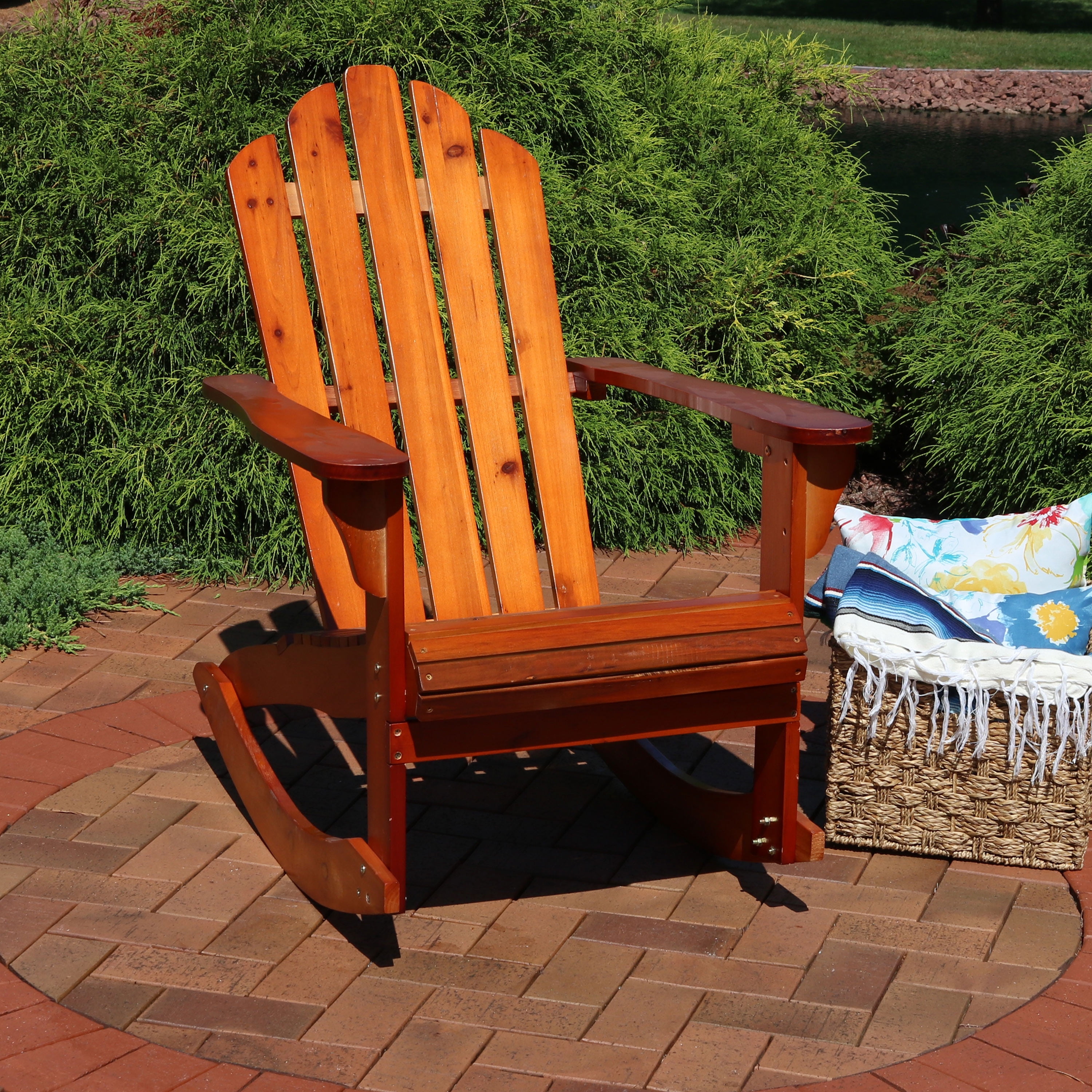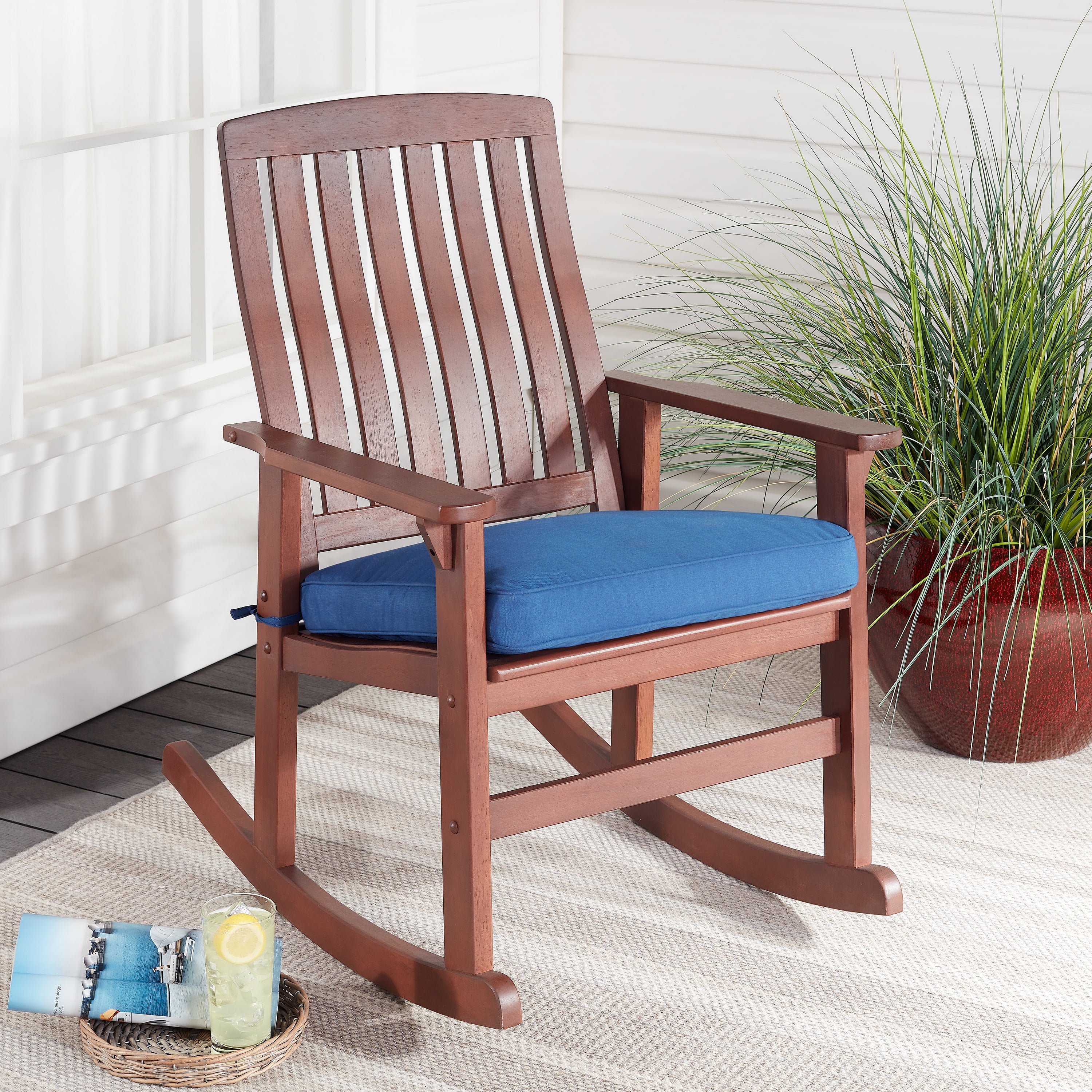Rocking Chair Comfort and Ergonomics: Outdoor Stationary Rocking Chair

So, you’re thinking about buying a rocking chair? Excellent choice! But before you plunk down your hard-earned cash, let’s talk comfort. We’re not talking about just any old wobbly thing; we’re talking about ergonomic bliss, the kind that makes you want to stay out there all day, even when the mosquitos are having a rave.
Ergonomic features are key to a truly comfortable rocking experience. It’s not just about looking pretty; it’s about your spine’s happiness. We’ll delve into the crucial aspects that will transform your porch into a personal relaxation haven.
Back Support, Seat Depth, Armrest Height, and Rocking Motion, Outdoor stationary rocking chair
The perfect rocking chair is like a well-tailored suit – it fits just right. A good back support will cradle your spine, preventing slouching and backaches. Think of it as a personal bodyguard for your posture. The seat depth needs to be just right; too shallow and you’ll feel like you’re perched on a tightrope, too deep and you’ll feel like you’re sinking into a swamp. Armrests should be positioned at a height that allows your elbows to rest comfortably, without your shoulders hunching. Finally, the rocking motion itself should be smooth and gentle, not jerky or overly aggressive. You want a soothing rhythm, not a rollercoaster ride.
Checklist for Assessing Rocking Chair Comfort and Ergonomics
Before you buy, take a moment to consider these important factors. It might seem like a lot, but trust us, your back will thank you!
- Back Support: Does the back rest support your lumbar curve naturally? Does it feel adequately padded and supportive?
- Seat Depth: Can you sit comfortably with your thighs supported, without feeling cramped or like you’re sliding off?
- Armrest Height: Are the armrests positioned so your elbows rest comfortably at your sides? Are they properly padded and wide enough?
- Rocking Motion: Is the rocking motion smooth and even? Is it too fast or too slow? Does it feel stable and secure?
- Materials: Are the materials durable and weather-resistant for outdoor use? Are they comfortable to the touch?
Examples of Design Elements Impacting Comfort and Longevity
Example 1: A chair with a contoured backrest, made of breathable fabric, will provide superior comfort compared to a flat, wooden back. The contoured shape provides lumbar support, while the breathable fabric prevents overheating and sweating, especially in warmer climates. This enhances the user experience and encourages longer periods of relaxation.
Example 2: Wide, padded armrests significantly increase comfort. They offer ample support for your arms and elbows, reducing strain and fatigue. Chairs with narrow or poorly padded armrests can lead to discomfort and even pain after prolonged use. The increased comfort also encourages more frequent use, which increases the chair’s value.
Example 3: The choice of materials directly impacts longevity. A rocking chair constructed from high-quality, weather-resistant materials, like treated hardwood or durable synthetic wicker, will withstand the elements far better than a chair made from cheaper, less durable materials. This translates to a longer lifespan and a better return on investment.
Maintenance and Care of Outdoor Rocking Chairs

So, you’ve got yourself a fancy outdoor rocking chair. Congratulations! Now, let’s talk about keeping it looking spiffy and lasting for years, because nobody wants a rickety, rusty, or moldy rocking chair experience. We’re talking about preserving your peaceful porch-sitting paradise, people!
Cleaning and Maintaining Different Materials
Proper cleaning and maintenance depend entirely on the material your rocking chair is made from. Ignoring this is like trying to wash your cashmere sweater in a washing machine – disaster awaits! Let’s break it down with a handy table:
| Material | Cleaning Method | Maintenance Tips | Frequency |
|---|---|---|---|
| Wood | Use a mild soap and water solution, then rinse thoroughly and allow to dry completely. For stubborn stains, try a wood cleaner specifically designed for outdoor use. | Apply a protective wood sealant annually to prevent weathering and cracking. Store indoors during harsh weather. | Monthly cleaning, annual sealing |
| Metal | Wipe down with a damp cloth and mild detergent. For rust, use a wire brush and rust remover, followed by a protective coating. | Apply a rust-preventative spray or paint regularly. Inspect for rust frequently. | Weekly cleaning, annual rust prevention |
| Plastic | Wash with soap and water, or use a garden hose for a quick rinse. | Avoid harsh chemicals. Store in a covered area to prevent fading from sun exposure. | As needed, depending on weather and use |
| Wicker | Use a soft brush and mild soap and water solution. Allow to air dry completely. For deep cleaning, consider a wicker cleaner. | Apply a protective sealant specifically for wicker to prevent fading and damage. Avoid getting it excessively wet. | Monthly cleaning, annual sealing |
Protecting from the Elements
Protecting your rocking chair from the elements is key to its longevity. Think of it as giving your chair a spa day – but instead of cucumber water, it’s a protective cover!
- Cover it up: Invest in a waterproof and UV-resistant cover designed for outdoor furniture. This will shield it from rain, snow, and harmful sun rays.
- Strategic placement: Position your rocking chair in a shaded area whenever possible to minimize sun exposure. A covered porch or patio is ideal.
- Seasonal storage: For extremely harsh weather, consider bringing your rocking chair indoors for the winter or during periods of prolonged rain or snow. Think of it as a luxurious vacation for your chair.
- Regular inspections: Check your chair regularly for any signs of damage or wear and tear, addressing issues promptly.
Repairing Minor Damage
A little mishap doesn’t mean the end of your rocking chair’s reign. Minor repairs are often easy to tackle yourself.
- Loose screws: Tighten loose screws using a screwdriver. If the screw holes are stripped, consider using wood glue and longer screws.
- Minor scratches: For wood, use wood filler to fill in minor scratches, then sand and refinish the area. For metal, touch up paint can do wonders.
- Wicker repairs: For broken wicker strands, you might need to consult a professional, or use strong glue and clamps to carefully repair them.
